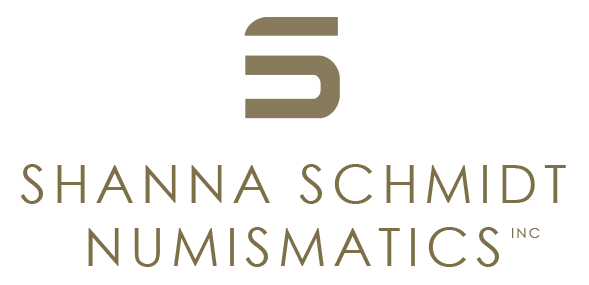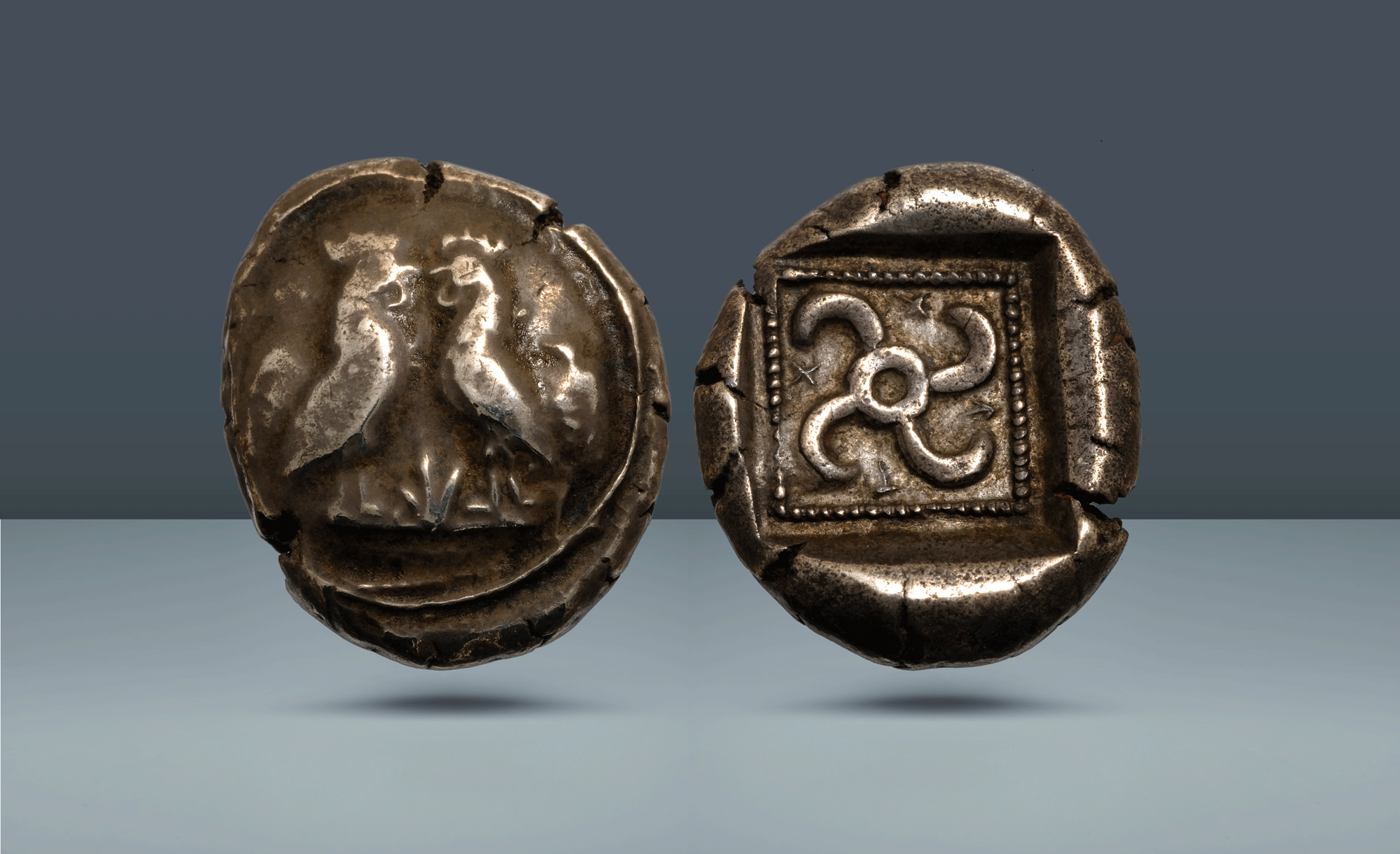Dynasts of Lycia, Lycia. Teththiveibi, c. 450 - 420 BC Uncertain Mint (Kandyba?). c. 440 - 430 BC
Dynasts of Lycia, Lycia. Teththiveibi, c. 450 - 420 BC Uncertain Mint (Kandyba?). c. 440 - 430 BC
AR Stater, 8.47g (19mm, 1h).
On round shield: two roosters face each other / Quadriskelion inside dotted border, within incuse square.
Pedigree: Ex. Hans von Aulock collection; Kricheldorf 41, Stuttgart 1988, lot 139; Hirsch Nachf. 170, Munich 1991, lot 584; Hirsch Nachf. 180, Munich 1993, lot 329 (T. Reuter collection); Peus Nachf. 360, Frankfurt am Main 1999, lot 63
References: SNG v. Aulock 4158 (this coin); Müseler V, 36 (this coin); Müseler in Gephyra 15 (2018), IV, 1 (this coin)
Grade: Obverse struck from a worn die, otherwise fascinating imagery and cabinet toning. EF
gk1887
The coinage of Lycia in the 5th century BC reflects the region's economic activities, cultural influences, and political developments during this time. The use of coinage in Lycia began in earnest in the early fifth century BC, coinciding with the establishment of more organized trade networks and the increasing influence of neighboring regions, particularly the Persian Empire and the Greek city-states. The coins struck during this time, as evidenced by this piece, were struck with designs reflecting local iconography and mythological themes. The two rooster and the quadriskelion on the reverse were common symbols/city emblems. There was considerable influence both by the Persian coinage and the Greek monetary systems. As trade expanded, city-states situated close to water like those in Lycia, found an abundance of activity. Coinage was important to facilitate this commerce.
The quadriskelion design on the reverse of this coin consists of four arms and is interpreted as a representation of balance and harmony. Culturally is may represent earth, air, fire and water.

